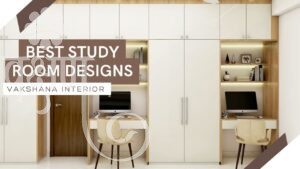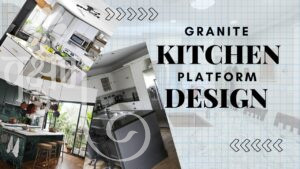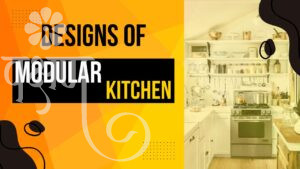What is L-Shape Modular Kitchen: L-Shape Modular Kitchen Design
What is L-Shape Modular Kitchen: L-Shape Modular Kitchen Design
The L-shaped modular kitchen is a popular and versatile design that maximizes efficiency and aesthetics in modern homes. This layout is particularly favored for its ability to utilize space effectively while providing a practical and aesthetically pleasing cooking environment. Let’s delve into the details of L-shaped modular kitchen designs, exploring their features, benefits, and various considerations to keep in mind when designing one.
What is an L-Shape Modular Kitchen?
An L-shaped kitchen layout forms a natural work triangle by positioning three main work areas—the stove, sink, and refrigerator—within a convenient reach of each other. This design features two adjacent walls forming a right angle, with countertops and storage running along each wall.
Key Features
- Ergonomic Work Triangle:
- The L-shape design facilitates an ergonomic work triangle, which enhances efficiency by minimizing the distance between the stove, sink, and refrigerator.
- Maximized Corner Space:
- Corners are often tricky in kitchen designs, but L-shaped kitchens can incorporate innovative storage solutions like lazy Susans or corner drawers to make the most of these areas.
- Open Layout:
- This design opens up space in the kitchen, allowing for easy movement and providing a more open feel. It’s ideal for open-plan living areas.
- Flexible Configuration:
- L-shaped kitchens can be easily adjusted to fit various room sizes and shapes. This adaptability makes them suitable for both small apartments and large homes.
Benefits of L-Shape Modular Kitchens
- Space Efficiency:
- This layout is ideal for smaller kitchens as it provides ample counter space and storage without occupying too much floor space.
- Enhanced Interaction:
- The open nature of an L-shaped kitchen allows for better interaction with family members or guests in adjacent areas, promoting a more social cooking experience.
- Versatile Storage Options:
- With cabinets on two walls, there’s plenty of room for upper and lower cabinets, offering substantial storage space.
- Natural Workflow:
- The design promotes a natural workflow, reducing the need for excessive movement while cooking.
Design Considerations
- Space Planning:
- Ensure there is enough clearance between appliances and cabinets for easy opening and closing. A minimum distance of 4-6 feet between opposing cabinets is recommended for optimal movement.
- Lighting:
- Adequate lighting is crucial. Incorporate under-cabinet lights, pendant lights over work areas, and natural lighting wherever possible to ensure the kitchen is well-lit.
- Ventilation:
- Proper ventilation is essential to keep the kitchen air fresh and remove cooking odors. Consider a high-quality range hood and possibly additional ventilation options if the kitchen is part of an open floor plan.
- Materials and Finishes:
- Choose durable, easy-to-clean materials for countertops, cabinets, and backsplashes. Popular choices include granite, quartz, and laminate for countertops, and MDF or plywood with laminate or acrylic finishes for cabinets.
- Corner Solutions:
- Implement corner-friendly storage solutions like pull-out shelves, lazy Susans, or corner drawers to utilize space effectively and avoid dead zones.
Popular Design Variations
- Compact L-Shape:
- Ideal for small apartments, this design maximizes functionality in limited space. Incorporate slimline appliances and compact storage units.
- L-Shape with Island:
- Adding an island provides extra counter space, storage, and a seating area, making it a focal point for social gatherings and additional workspace.
- Open Shelving:
- Incorporate open shelves to break up the monotony of cabinets and provide easy access to frequently used items.
- Mixed Materials:
- Combine different materials and finishes to add visual interest and differentiate between functional areas. For example, use wood for cabinets and marble for countertops.
- Integrated Appliances:
- Use built-in appliances to maintain a seamless look and save space, contributing to a more streamlined and modern appearance.
Conclusion
An L-shaped modular kitchen is a timeless and practical choice for any home, offering a balance of functionality and style. By thoughtfully planning the layout, selecting suitable materials, and incorporating smart storage solutions, you can create a kitchen that not only meets your culinary needs but also enhances the overall aesthetic of your living space. Whether you’re working with a compact area or a spacious room, the L-shape design can be tailored to fit your requirements and preferences, making it a versatile and enduring option for modern kitchen interiors.





